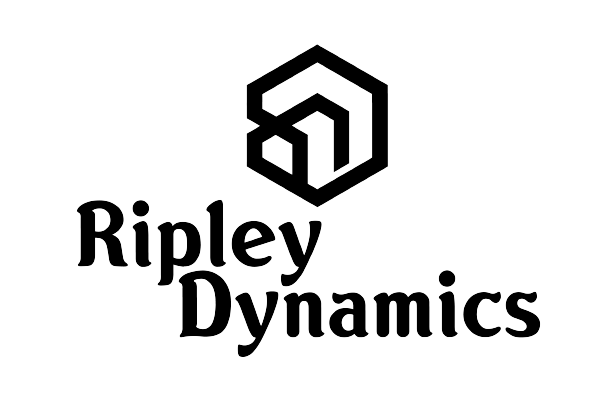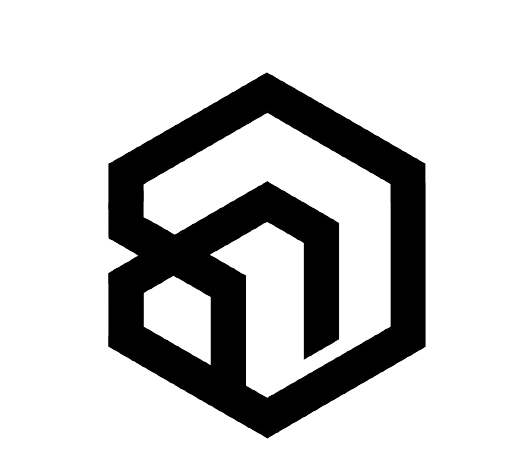Clear 3D Printing - How to achieve crystal clear 3D prints
At Ripley Dynamics, we are very familiar with 3D printing, especially clear SLA resin printing. This advanced technology allows for creating see-through and detailed 3D prints with excellent surface quality. Clear SLA resin 3D printing is great for making see-through prototypes, artistic designs, and precise parts that need clarity. It can capture fine details and produce clear results, offering many possibilities for designers, engineers, and creators. If you need high-quality clear SLA resin 3D printing services, Ripley Dynamics is the right choice for professional results that always meet or exceed expectations.
We have found great success in using our in-house clear 3D printing technologies to produce some of the following:
Prototyping and product development: Clear 3D printing can be used to create transparent prototypes and iterate product designs more effectively.
Medical modeling: It can be used to create accurate anatomical models for surgical planning and medical education purposes.
Custom packaging design: Clear 3D printing allows for the creation of unique, transparent packaging prototypes for product testing and presentation.
Architectural models: Architects and designers can use clear 3D printing to produce transparent building models for client presentations and project visualization.
Educational models: Clear 3D printing can aid in creating educational models, such as biological structures or geological formations, for enhanced learning experiences.
Art and jewelry: Artists and jewelry designers can utilize clear 3D printing to bring their intricate and transparent designs to life.
Exploring Clear Printing Methods
The world of 3D printing has been swiftly evolving, and one of the most exciting advancements is the development of clear printing methods. Traditional opaque 3D printing has been the norm, but the ability to create transparent or translucent objects opens up a world of possibilities in various industries.
SLA Printing (What we recommend)
SLA Printing utilises a liquid resin that hardens when exposed to ultraviolet light. This process produces remarkably clear and detailed objects, making it ideal for creating prototypes, intricate models, and custom optics. We have produced medium volume productions of several clear parts that where not mass-manufacturable. Similarly to SLA, digital light processing (DLP) technology has emerged as a game-changer in clear 3D printing. By employing a digital light projector to solidify liquid photopolymer resin layer by layer, DLP offers high-resolution and transparent output, making it a preferred choice for applications requiring precision and transparency. We use both SLA and DLP technologies in-house to provide the right solution.
Fused Filament Fabrication (FFF) with clear filaments.
This approach enables the creation of transparent parts by using specialized clear thermoplastic filaments. While not as optically clear as SLA, FFF clear printing provides a cost-effective and versatile solution for producing transparent components and enclosures. We over this should you require. We have often found the price to quality differential leaning to resin printing more often than not.
As these clear 3D printing methods continue to advance, industries such as automotive, medical, and consumer goods are rapidly embracing this innovative technology to manufacture see-through prototypes, medical models, lenses, and more. The advent of clear 3D printing is undeniably reshaping the landscape of additive manufacturing, promising a future where transparency and complexity seamlessly converge.
Post Processing Techniques for Clear SLA 3D Printing
Support Removal
Cleaning
UV Curing
Polishing/Sanding
Coating/UV Clear Coat
We have also found that using lower wavelength resin machines, like our Asiga DLP, has helped with parts not yellowing during UV Curing.
Have any questions? Contact us or Request Instant Quote
Clear SLA part - Print time: 4 hours.


